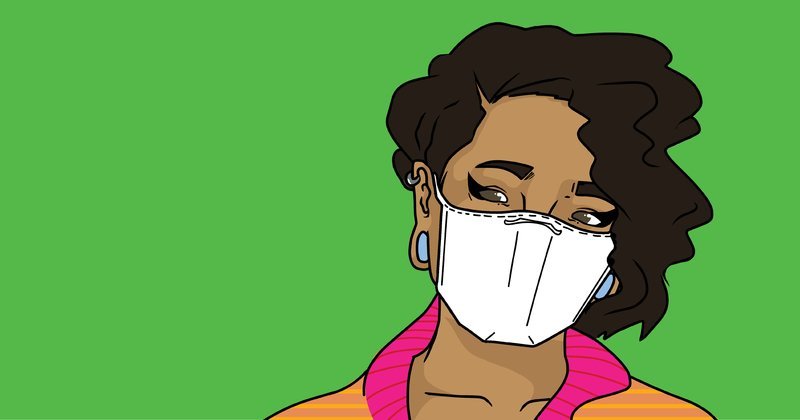Visual arts sector far from recovery, NAVA survey reveals
Illustration by Emily Johnson.
Illustration by Emily Johnson.

A new survey by NAVA found that the ongoing impacts of the COVID-19 pandemic continue to devastate the visual arts, craft and design sector. The snap survey, conducted over a week in late-March 2021 aimed to capture the impacts of the ongoing COVID-19 public health orders on the work, practices and income of artists, arts workers and arts organisations in the sector.
Key findings from the survey:
While the impacts of the pandemic continue to be both overwhelming and long-lasting for the arts sector, there are some rays of hope. Since September 2020, just under 40% of artists said 1-2 new opportunities had emerged, while over 40% of arts organisations had established 1-2 new programs.
NAVA welcomes the announcement made by the Government on 25 March 2021 of an additional $135 million to support jobs in the arts and entertainment sector, together with an update to the RISE program’s guidelines to include smaller projects from $25,000 (current minimum is $75,000). NAVA also welcomes a further $10 million to the charity Support Act in 2020-21, to assist with its vital work in providing crisis support to artists and other workers across the creative sector.
Yet if we are to see a full recovery for the arts, we need targeted and consistent government support for artists and organisations.
On Tuesday 11 May 2021, Treasurer Josh Frydenberg, will hand down the 2021-22 Federal Budget. The Budget will outline the Government’s economic forecasts from the COVID impacts of 2020 and set out the next phase of the Government’s plans for stimulus and reform.
NAVA is putting pressure on the Government to invest urgently and ambitiously in the sector. If Australia is to pursue the most effective means to social and economic recovery, it must empower the creative sector to drive it. This requires putting significant funds towards creative education, arts tourism, the creative industry across all artforms and scales, and creative workers no matter where and how they’re employed.